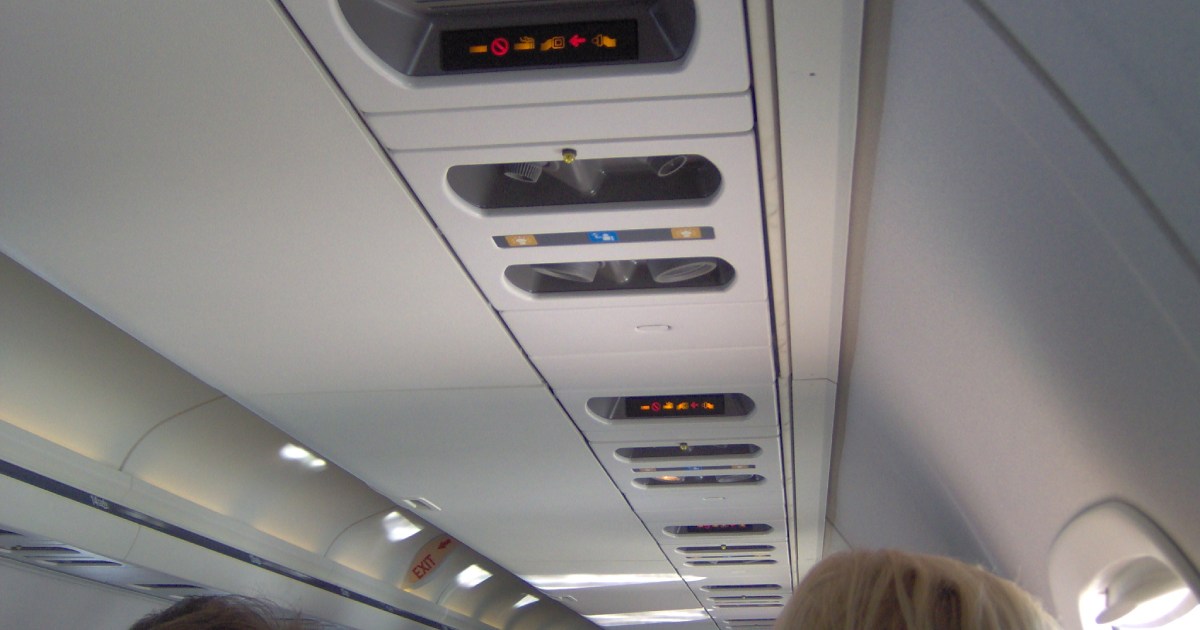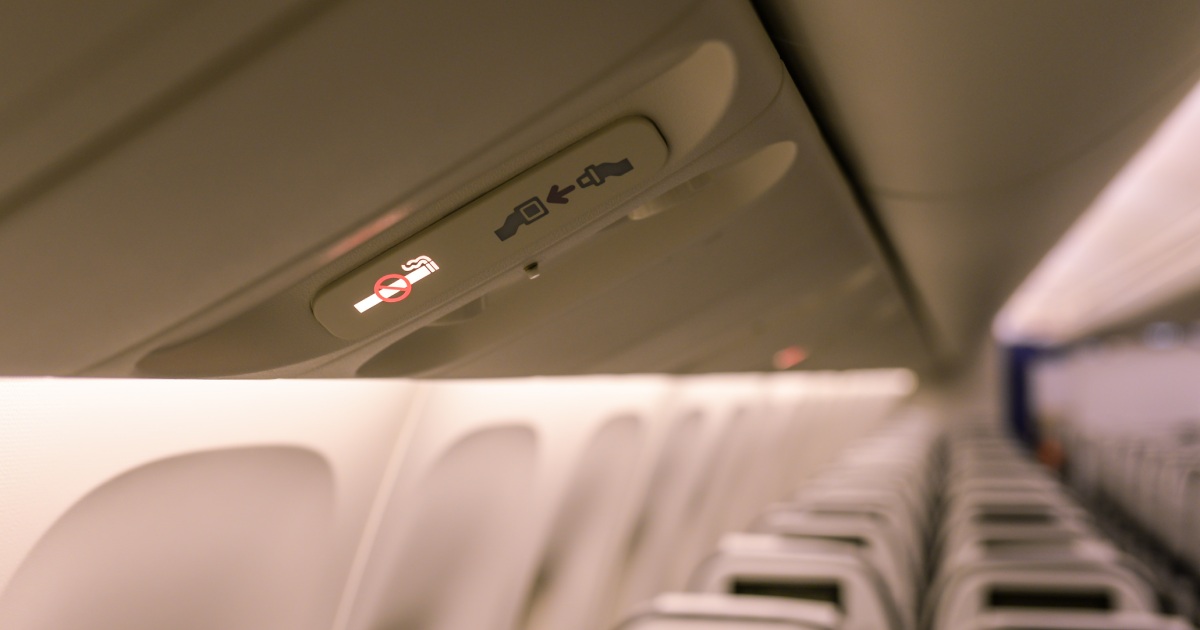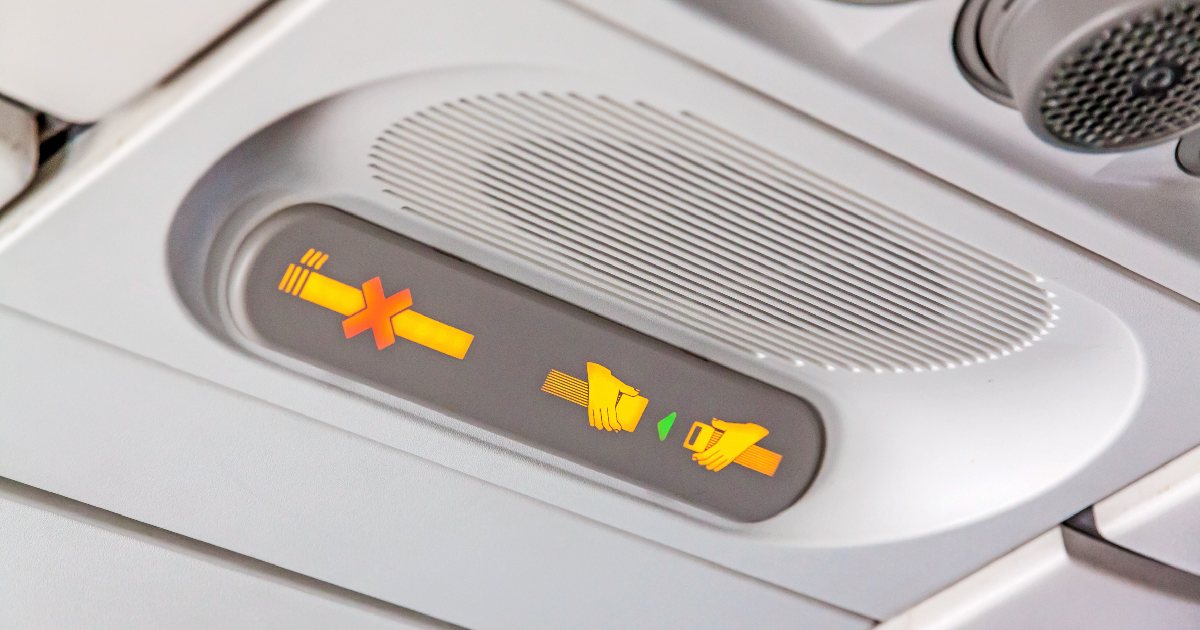The most important facts about “smoking on airplanes”
- Smoking on airplanes, including electronic cigarettes, is prohibited globally due to strict health and safety regulations.
- Ashtrays and no-smoking signs remain present on aircraft for safety reasons and to comply with safety standards.
- Smokers can reduce the craving for a cigarette on long-haul flights by using alternatives such as nicotine replacement products or planned stopovers.
- Violations of the smoking ban on airplanes can result in significant penalties, including fines and in some cases even imprisonment.
Did you have a flight delay or cancellation? Check your rights now and increase your chances of compensation
Smoking on airplanes has long since become an issue that affects not only smokers but also frequent flyers. On long-haul flights, many smokers ask themselves how they can survive the often hours-long journeys smoke-free. Find out more about this topic and get practical tips for a smoke-free long-haul flight if you are a smoker. You will also learn everything you need to know about the smoking ban on airplanes and how you can still enjoy your flight relaxed and smoke-free.
What was it like when smoking was still allowed on airplanes?
The time when smoking was allowed on airplanes was not so long ago, but it marked a significant change in aviation history. Until the late 1990s, many airplanes allowed smoking during the flight. This created an atmosphere on board that is almost unimaginable today. Passengers could smoke in most parts of the aircraft, and there were often special smoking areas in the last rows.
For non-smokers, flights were often unpleasant as the smoke spread through the cabin and it was difficult to escape the smell. The ventilation systems were not sufficient to filter the smoke effectively. As a result, flying was a less pleasant experience for non-smokers. With the introduction of smoking bans on airplanes, the travel experience has improved significantly, and today’s generation of air travelers can often hardly imagine that smoking on airplanes was once accepted.
Why are there still no-smoking signs and ashtrays on airplanes?

Why are there still ashtrays at all? And why are there still no-smoking signs? Smoking has been banned on airplanes for a long time. Nevertheless, you will still find ashtrays in the armrests of many passenger aircraft. The continuation of no-smoking signs and ashtrays on airplanes may seem paradoxical at first, as smoking on board is strictly prohibited. However, these elements are still present to communicate clear safety guidelines, as the no smoking sign serves as a visual reminder of the strict rules, even if the vast majority of passengers are already aware of them.
The ashtrays, on the other hand, are there for safety reasons – in case a passenger breaks the rules and smokes. This ensures that cigarette butts can be disposed of safely to minimize potential fire risks.
Overall, no smoking signs and ashtrays on airplanes are crucial to ensure compliance with safety standards and to be able to react appropriately to unforeseen situations. Please note that they should in no way be seen as an invitation to ignore the smoking bans throughout the aircraft.
How can you prevent the craving for a cigarette on long-haul flights?
How can smokers survive the long-haul flight smoke-free? The craving for a cigarette on long-haul flights can be effectively reduced by various strategies:
1. Simply replace the cigarette
One option is to replace the craving for nicotine with alternatives. Chewing gum, lozenges or even special nicotine replacement products such as patches or nicotine gum can help to reduce the urge to smoke.
2. Plan a stopover
A deliberately planned stopover can be used to get some fresh air at the airport and reduce the craving for a cigarette. This break not only provides a brief distraction, but also the opportunity to move around and focus your thoughts on other things.
3. Adjust flight times
By choosing flight times that do not coincide with your usual smoking times, you can reduce cravings. If the flight is timed to fall outside of typical smoking times, it will be easier to break the habit.
4. Seek distraction
Distraction is an effective way to suppress cravings. Watching movies, listening to music, reading a book or even playing games on the airplane’s entertainment system can take your mind off the cigarette and make the time go by faster.
It is important to emphasize that quitting smoking on long-haul flights can be not only a physical but also a mental challenge. However, the above strategies can help minimize cravings and get you through the flight without the need for a cigarette.
Why shouldn’t you smoke on an airplane?

Why is smoking not allowed on airplanes? This question can be answered with several reasons. The following points explain the most important reasons why you should not smoke on an airplane these days:
1. Safety risk
Smoking on board an airplane poses considerable safety risks. A cigarette butt that is not fully extinguished could easily lead to a fire that spreads quickly due to the limited space and fire-fighting capabilities.
2 Air quality and passenger health
Smoking is not only harmful to the smoker himself, but also to fellow passengers. Passive smoking can lead to serious health problems and smoke spreads quickly, especially in enclosed spaces such as an airplane. Cigarette smoke can circulate in the confined air and lead to unpleasant odors. Smoking impairs the air quality in the cabin and endangers the health of passengers, including children, and crew.
3. Fire hazard in lavatories
Most modern airplanes are equipped with smoke detectors to detect possible fires. Smoking in the aircraft lavatories can cause alarms and alert the crew that smoking is not permitted. In addition, an improperly disposed cigarette butt in the lavatory could become a serious fire hazard.
4 Air pressure and oxygen supply
The cabin environment in airplanes is set to a specific air pressure level. Smoking can affect the sensors and jeopardize the correct functioning of the cabin pressure system. It could also lead to a lack of oxygen, which is problematic at high altitudes.
5. High penalties
There are still smokers who ignore the smoking ban on airplanes. In the United States, smoking on airplanes is strictly prohibited under federal law, encompassing both domestic and international flights. This ban extends to electronic cigarettes and applies to any flight segment scheduled for passenger transportation, whether interstate, intrastate, or foreign. Violations can lead to significant fines, ranging from $2 to $4,000, depending on the nature of the offense and compliance with crew instructions. While smoking itself isn’t a jailable offense, additional factors such as tampering with a smoke detector or failing to heed a crew member’s instructions could escalate the matter. In severe cases, particularly when a flight is diverted due to the incident, legal consequences could include arrest and potentially more serious charges upon landing, especially on international flights. Enforcement efforts are coordinated among federal agencies, including the Federal Aviation Administration (FAA) and the Department of Justice (DOJ), to ensure safety and address unruly behavior on aircraft, reinforcing the importance of complying with these regulations for all passengers.
Smoking on board – What is the situation on a private jet?
The situation is slightly different here: the owner of a private jet can allow smoking on board as long as employee protection rights are observed. However, if even one crew member files a complaint, smoking must be stopped. There is no general ban on smoking in the workplace, only the law on the protection of non-smokers in the workplace. The rest is at the discretion of the employer.
This means that guests can smoke on board as they wish and enjoy their cigarettes, cigars or pipes above the clouds, as long as the owner or operator and the entire crew agree. However, there is an exception if flight safety is at risk.
In aircraft with cabins in which the cockpit is not physically separated from the passenger cabin, such as smaller propeller aircraft for short-haul flights, smoking is still prohibited. In these cases, the smoking ban is enforced by the Federal Aviation Office.
Conclusion on the topic: Smoking on airplanes
Overall, the smoking ban on airplanes is not just a rule of convenience, but an essential measure to ensure the safety and health of everyone on board. Passengers should respect the regulations and refrain from smoking during the flight. The above strategies can help control cravings and get through the flight without a cigarette. And who knows, maybe a long haul flight without smoking will even help to kick the smoking habit permanently. In any case, it is important to understand that smoking on an airplane is not acceptable and should be dealt with accordingly. Until then: No Smoking!
How can Flightright help you?
Would you like to enforce your passenger rights without any effort? Flightright is at your side! In the event of flight delays, cancellations, or overbooking, we will take over the process for you. Get in touch with us and secure your compensation – simple, straightforward, and risk-free.
According to the EU Passenger Rights Regulation, passengers are entitled to compensation in the event of a delay, cancellation, overbooking, or missed connection. You can claim up to 600 euros of compensation per person (minus the commission fee). This compensation is independent of the ticket price. Flightright enforces your rights for you. If necessary also in court.
Tip: Flightright helps you to enforce your passenger rights! With us, you can check your claims free of charge in two minutes. ✔️Easy, ✔️fast ✔️& without risk
As the market-leading consumer portal, Flightright fights for the enforcement of air passenger rights. We stand up for your rights in the event of a flight delay, cancellation or denied boarding and refer to the European Union’s Air Passenger Rights Regulation 261/2004. Flightright’s air passenger rights experts are also happy to help you with ticket refunds and refunds for canceled package tours.
As experts in the field of air passenger rights, we enforce your right to compensation against the airline!

